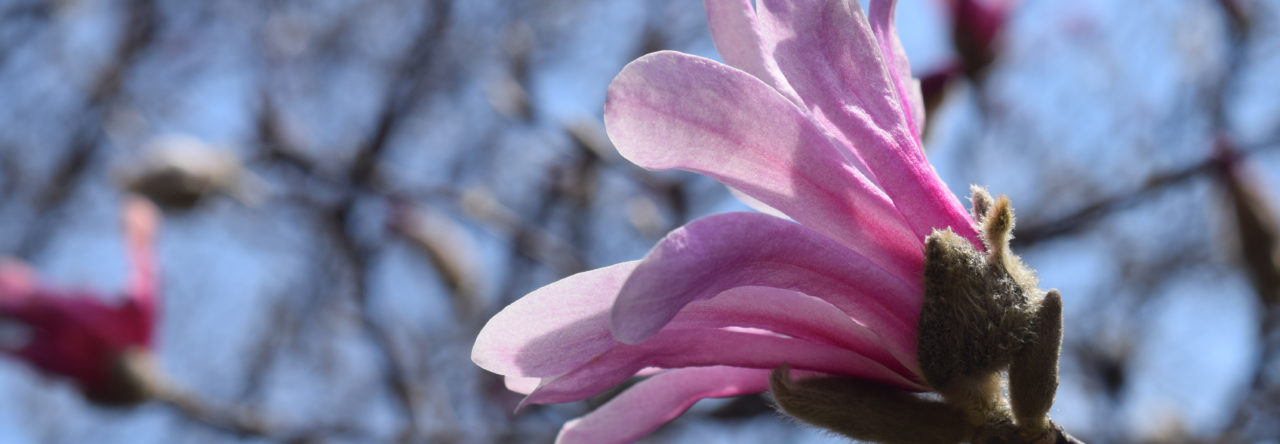The day was hot and the water cool against our skin as we swam through shallow waters thick with brown-green seaweed, a dark patch of color in the sandy bay. Even with the snorkel, you could taste the salt of the water, and if you ducked too far down, water would surge into the tube that was your line to the sky. It was quiet underwater despite the distant splashes and laughter. And then you spot it, there, nearly hidden — a brief flash of sapphire light among the seaweed and the silver-gray fish. There’s a still moment where you watch, transfixed by the sparkling blue dots, appearing and reappearing in the sun with the rhythm of your heartbeat, until you reach down with your gloved hand and grab the living shell, pulling open the netted bag and slipping it inside with the others. Eventually, when the bag is full and you’ve begun to stray a little too far from the rest of your family you turn back, dragging the weight of your finds behind you in the water. Your grandfather is sitting on the edge of the boat with his own bag, and, as he sees you making your way over, he grins and yells, “Look at you! You’re the queen of scalloping. You’re just finding them left and right.” The praise sinks into your skin like the rays of the sun and the salt in the water and you grin.
…
For much of my childhood summer vacations meant getting in a car with my parents and brothers, driving down until we met up with my Granddaddy and whichever aunts, uncles, or cousins were joining us this time, before driving the rest of the way to Cape San Blas, Florida. It was a small town on a peninsula on the Gulf of Mexico that was a short drive to Apalachicola and a shorter walk to the beach. In the daytime, we would spend our time on the beach, swimming and playing in the waves; in the evening we would walk along the shore with flashlights, looking for the pale white crabs that would emerge from holes in the sand.
